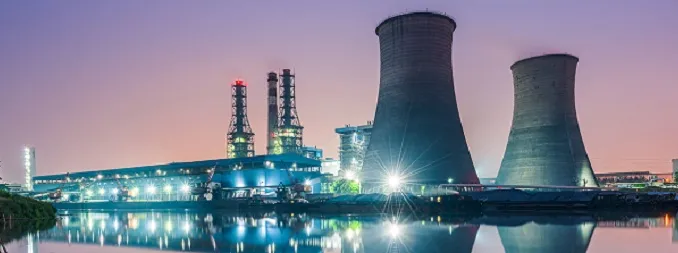
Obstruction of UK nuclear deal widely seen as US influenced.
Under a 2015 nuclear cooperation deal between China and the UK government, the state-owned energy corporation China General Nuclear (CGN) has been involved it the Hinkley Point C nuclear power plant project in Essex, England. This was to be the UK’s first new-generation nuclear power station in three decades.
The project was given regulatory permission in February 2022, after a 5 year assessment process, by the United Kingdom for an advanced Chinese HPR1000 reactor design to be implemented by a joint venture business General Nuclear Systems (GNSL) consisting of French state-owned energy giant EDF and CGN, in which CGN held a 33.5% stake in the Essex project. However, within a few weeks, UK Prime Minister Johnson had called a meeting of key executives from major Western nuclear utilities and technology companies including the UK’s Rolls-Royce, France’s EDF, and the US’s Westinghouse and Bechtel to discuss the development of up to 8 new nuclear power stations. China was excluded from these talks. By the end of November 2022 new UK Prime Minister Sunak removed China General Nuclear from construction of the new Sizewell C nuclear power station and proclaimed China posed a “systemic challenge to UK interests and values”. This move was widely seen as the result of UK caving in to anti-China pressure from the US regime.
China is by far the world leader in nuclear reactor development at present. The country has been rapidly expanding its nuclear energy industry in line with its renewable energy development, to diversity and become a leader in several clean energy sources. In contrast, the development of new plants in the U.S. has gradually dwindled in recent decades, following public and government scepticism around nuclear safety and the high costs involved with new projects.
China currently has 55 nuclear reactors in operation, according to the International Atomic Energy Agency (IAEA). In 2021, nuclear power contributed 5.02 percent of the country’s energy mix, a figure that is expected to increase significantly with the opening of new facilities. During the 13th Five-Year Plan period, China rolled out several renewable energy projects, increasing the figure for non-fossil energy consumption to 15.9 percent. The 14th Five-Year Plan period is aimed at achieving peak carbon emissions by 2030 and net-zero emissions by 2060, meaning that China needs to rapidly develop a wide range of clean energy sources.
China also has 21 new nuclear reactors under construction, which will have a capacity for generating more than 21 GW of electricity. This is two and a half times more than any other country’s nuclear construction pipeline. This is followed by India, which has 8 reactors currently under construction, expected to produce 6 GW of electricity.
The attached video gives a brief overview of China’s recent withdrawal from a $30 billion (£24 billion) nuclear project in the UK.
Nuclear technology’s global evolution is discussed, highlighting China’s leadership in nuclear technology. The video looks at the reasons behind China’s withdrawal, touching on carbon neutrality goals, coal combustion phase-out, and the UK’s role in the project. China’s investment and the project’s significance are examined, along with the challenges faced during construction, including delays and the impact of the COVID-19 pandemic.
The video emphasizes the importance of integrity in international cooperation and how China’s commitment to such principles has been consistent.
VIDEO: https://youtu.be/g0Z2lSJmHjI
The full text of the views covered in the video is available at:
https://www.seetao.com/details/223913.html
Sources:
- OilPrice, Sep 08, 2023. https://oilprice.com/…/China-Races-Ahead-In-Global…
- HazardEx, 8 Feb 2022. https://www.hazardexonthenet.net/…/UK-regulators…
- Tech Info, Sep 16, 2023. https://youtu.be/g0Z2lSJmHjI
- Seetao, 26 Aug 2023. https://www.seetao.com/details/223913.html
Leave a Reply
You must be logged in to post a comment.